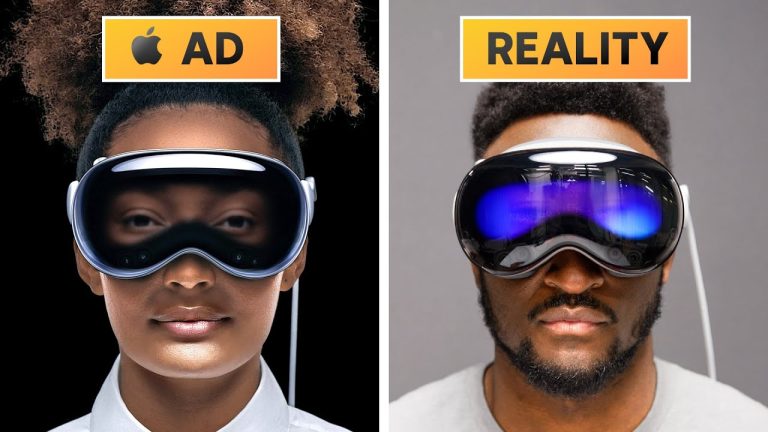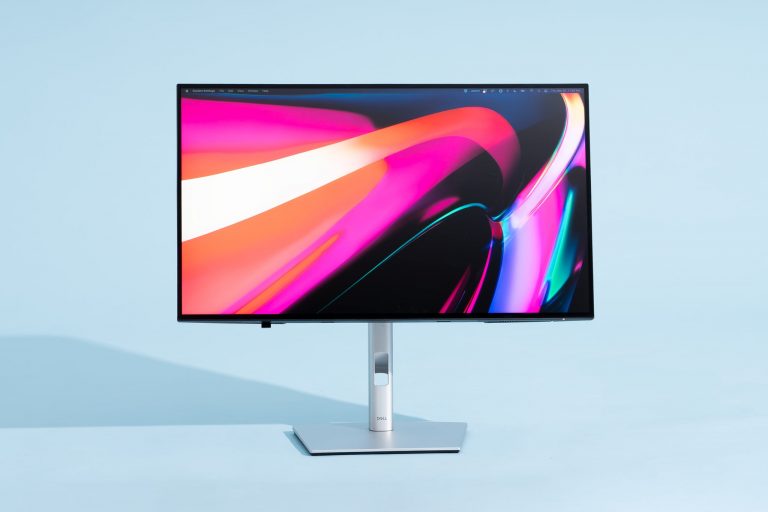
8K TVs A New Era of Visual Experience
8K televisions, also known as Ultra-High-Definition (UHD) 8K TVs, represent a significant leap forward in display technology. With four times the resolution of 4K TVs, 8K offers a level of detail and clarity that is truly breathtaking.
What is 8K?
8K resolution refers to the number of pixels on a display. An 8K TV has 7680 pixels horizontally and 4320 pixels vertically, resulting in a total of 33.2 million pixels. This is significantly higher than the 3840 x 2160 pixels of a 4K TV.
Benefits of 8K TV
- Incredible Detail: 8K TVs offer unparalleled detail and clarity, making images appear more lifelike and realistic.
- Immersive Viewing Experience: The high resolution of 8K TVs creates a more immersive viewing experience, especially when watching large-screen TVs from a close distance.
- Future-Proofing: As more 8K content becomes available, 8K TVs will provide a future-proof viewing experience.
- Upscaling: Even if you don’t have 8K content, 8K TVs can upscale 4K or lower-resolution content to improve its quality.
Challenges of 8K TV
- Content Availability: While 8K content is slowly increasing, it is still relatively limited compared to 4K content.
- Cost: 8K TVs are generally more expensive than 4K TVs due to the advanced technology required to produce them.
- Size: 8K TVs are typically larger than 4K TVs to fully appreciate the benefits of the higher resolution.
Is 8K Worth It?
Whether or not an 8K TV is worth the investment depends on your individual needs and preferences. If you are a serious cinephile or gamer who values the best possible picture quality, an 8K TV may be a worthwhile investment. However, if you are primarily concerned with affordability and don’t have access to a lot of 8K content, a 4K TV may be a more practical option.
As 8K content becomes more widely available and the prices of 8K TVs continue to decline, it is likely that they will become more mainstream in the coming years.







